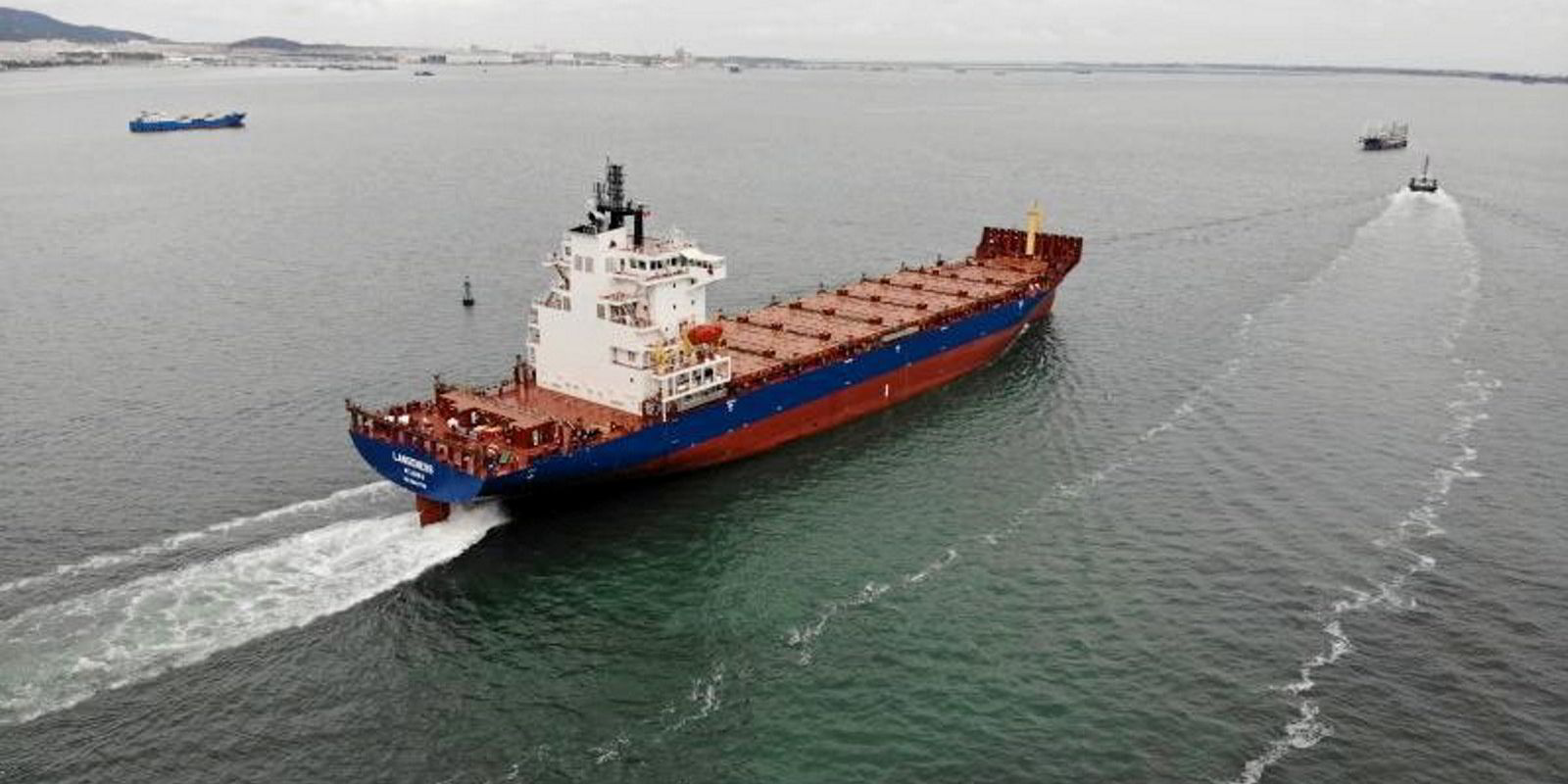Weaker markets have forced shipowners to slow down bulkers and container ships to record low speeds, according to figures from Clarksons Research.
Researcher Sarah Holden said vessel speeds are a key lever for companies to manage fuel consumption and costs.
The research arm of shipbroker Clarksons has been tracking speeds since the late 2000s and said they have been cut by between 15% and 30% in key sectors in that time.
Holden said it is still too early to assess what impact emissions regulations have had on speed.
Earnings, however, are having a clear effect, she added.
Average container ship speeds from January to the end of August were down 3% on last year’s figure, reaching a record low of 13.7 knots in February.
Despite ticking up to 13.9 knots in the third quarter, they remain below the lowest level on record before this year.
Meanwhile, bulker carrier speeds were 2% lower, hitting a new nadir of 10.9 knots in July and August, Clarksons Research said.
Average LNG carrier speeds have also eased, despite positive market conditions, with speeds down 1% on 2022 so far this year.
Tankers, though, are travelling faster in positive markets: average speeds are up 2% this year for crude ships and 0.4% for clean carriers.
This is still slower than in the hot markets of 2020 and 2015, however.
Older and slower
Looking more closely, Holden sees clear evidence of older vessels slowing down more than their modern sisters.
For VLGCs, which have been earning record rates in recent weeks, average speeds for non-eco ships have dropped by 2% this year, compared with a 1% increase for newer vessels.
Steam-turbine LNG vessels are now 2% slower, but two-stroke dual-fuel ship speeds have declined by just 0.7%.
“As the regulatory environment continues to evolve, tracking speed dynamics will remain a vital part of understanding impacts on fleet supply and markets,” Holden said.




